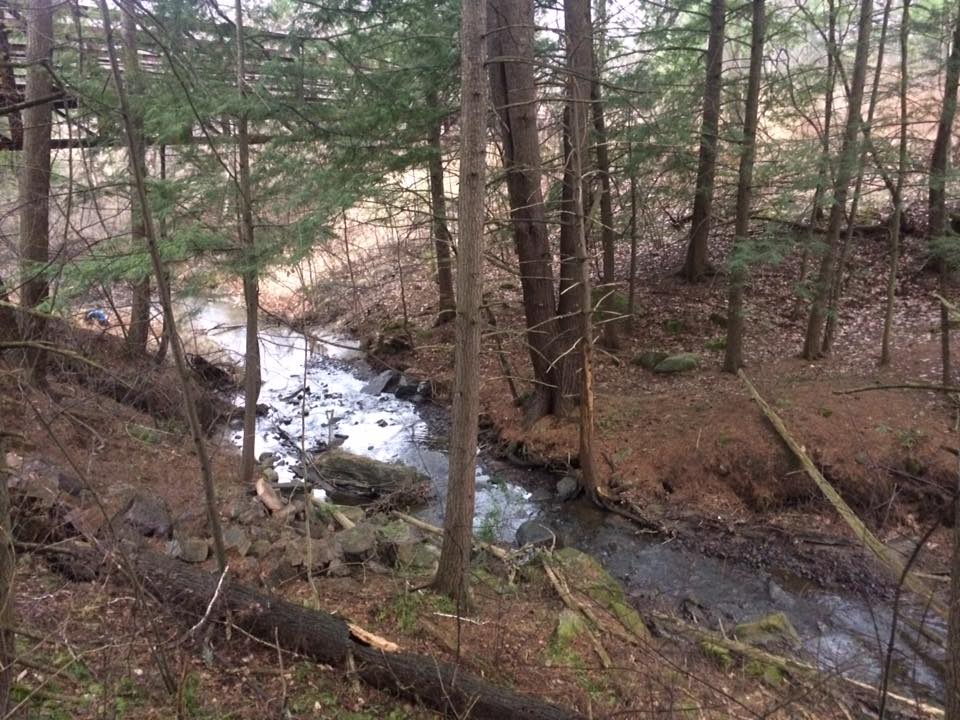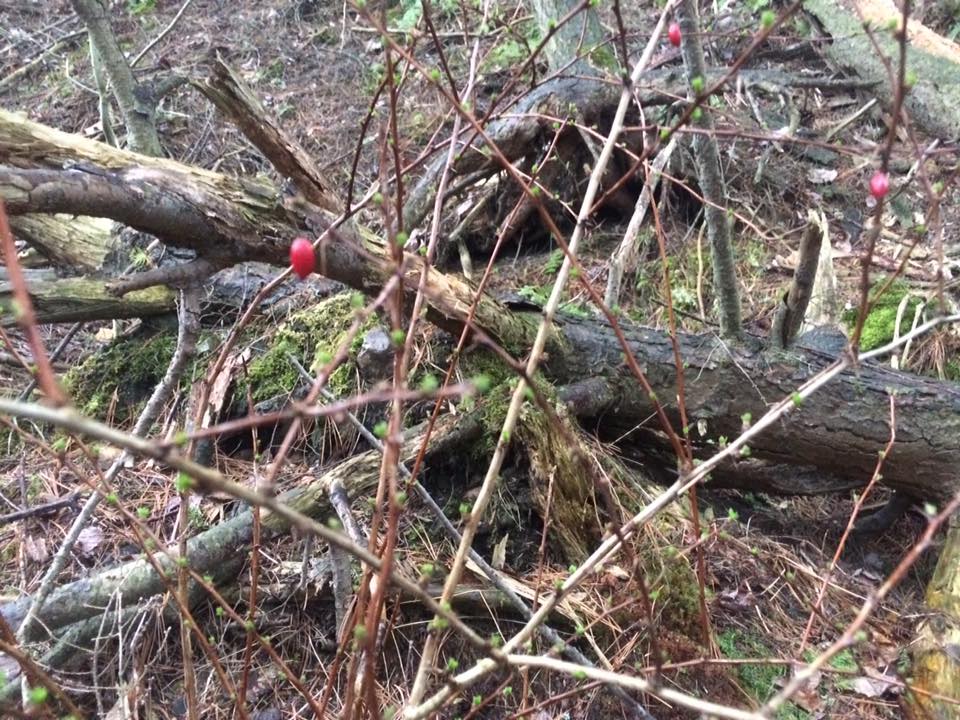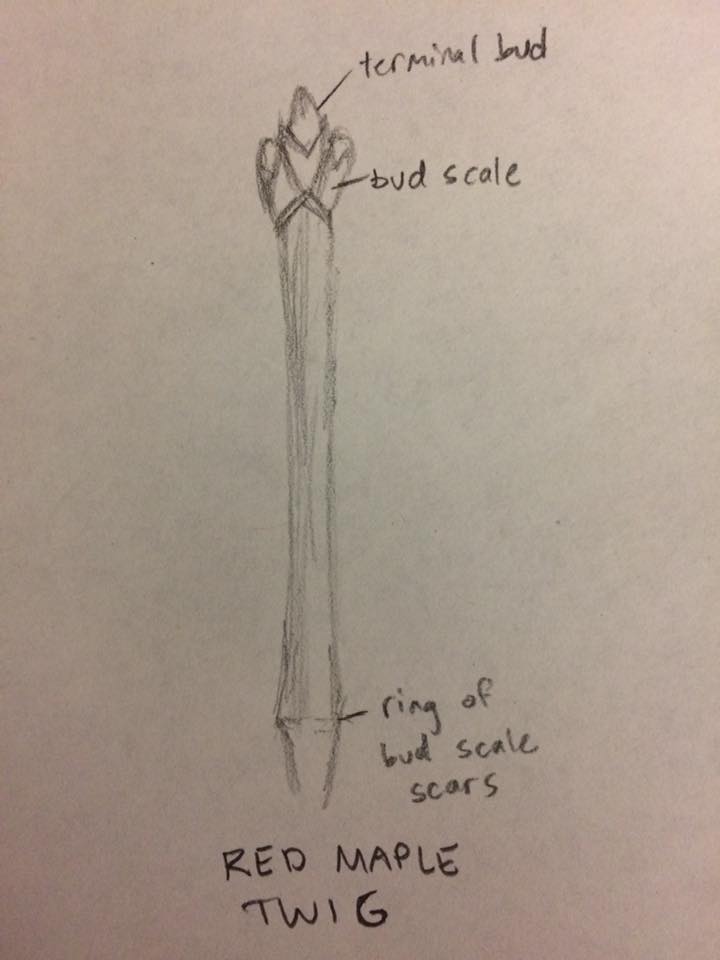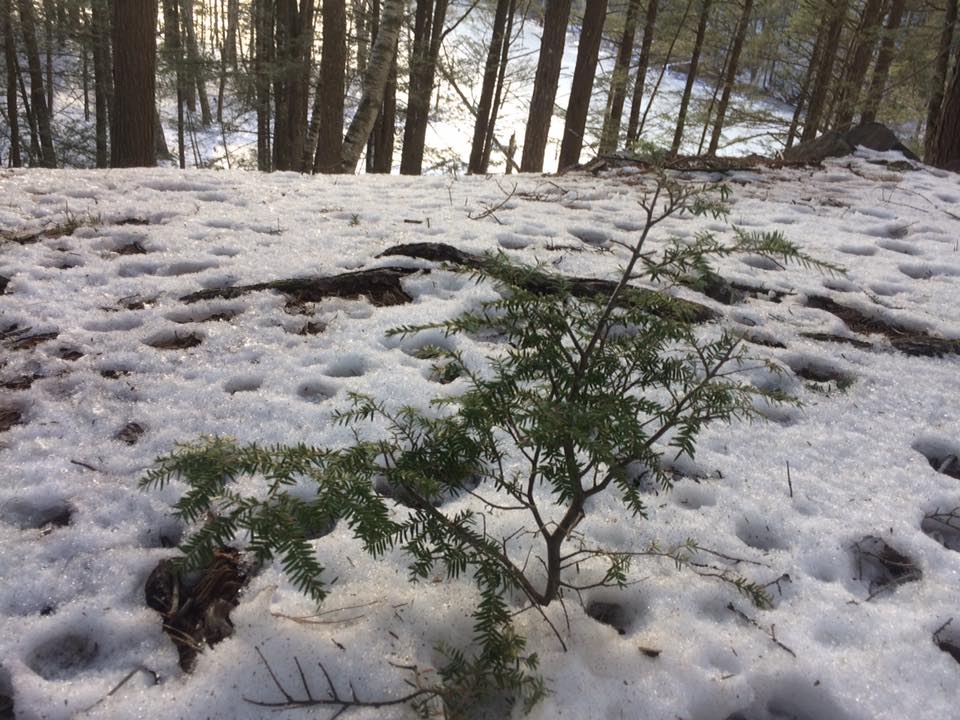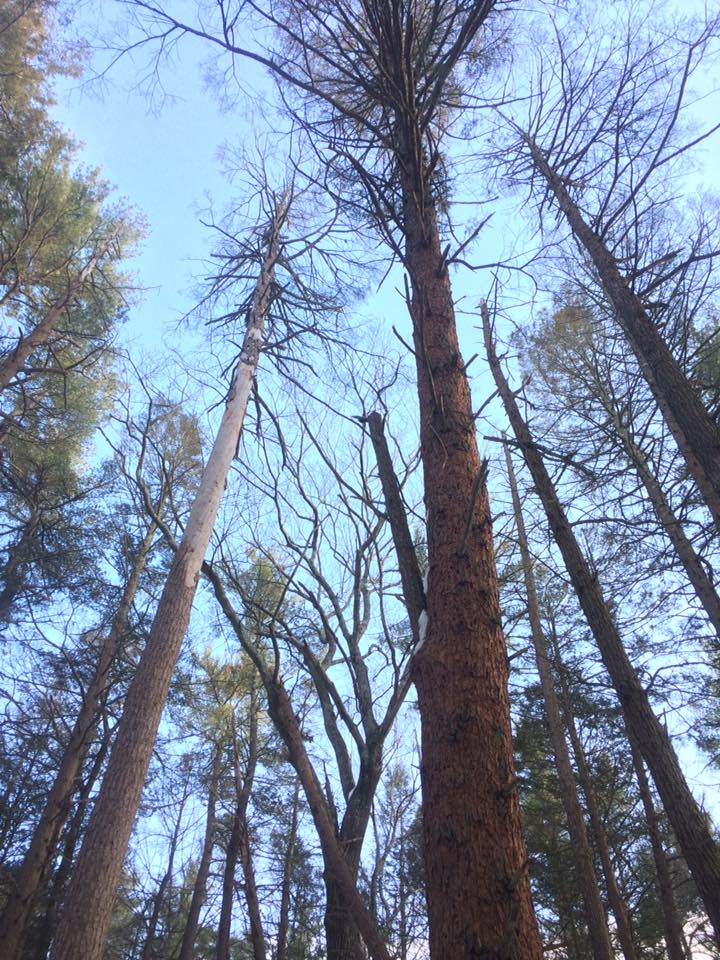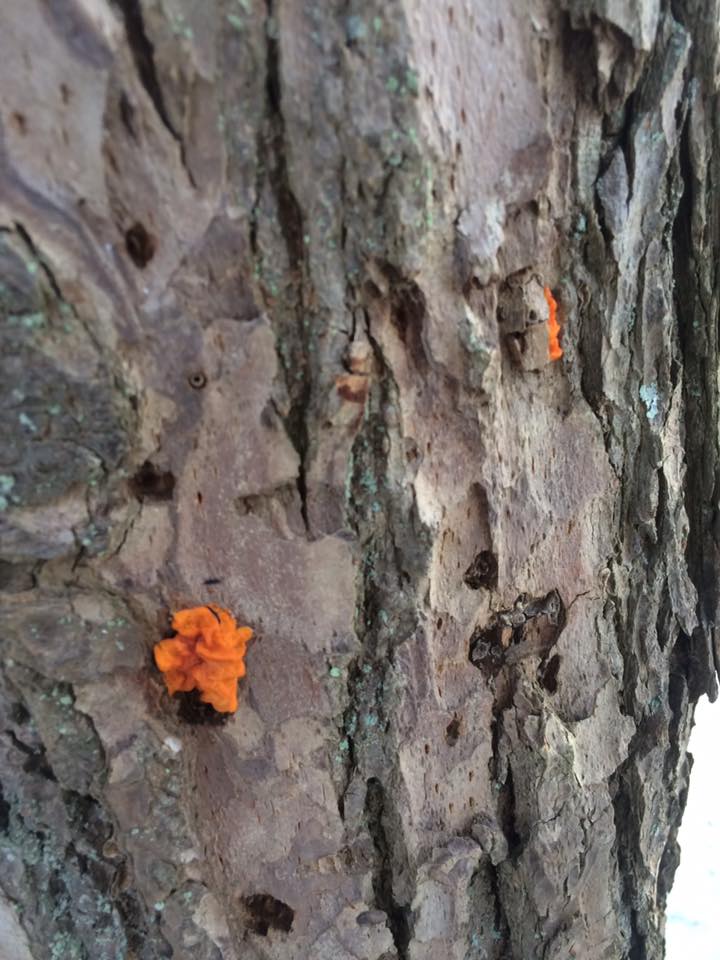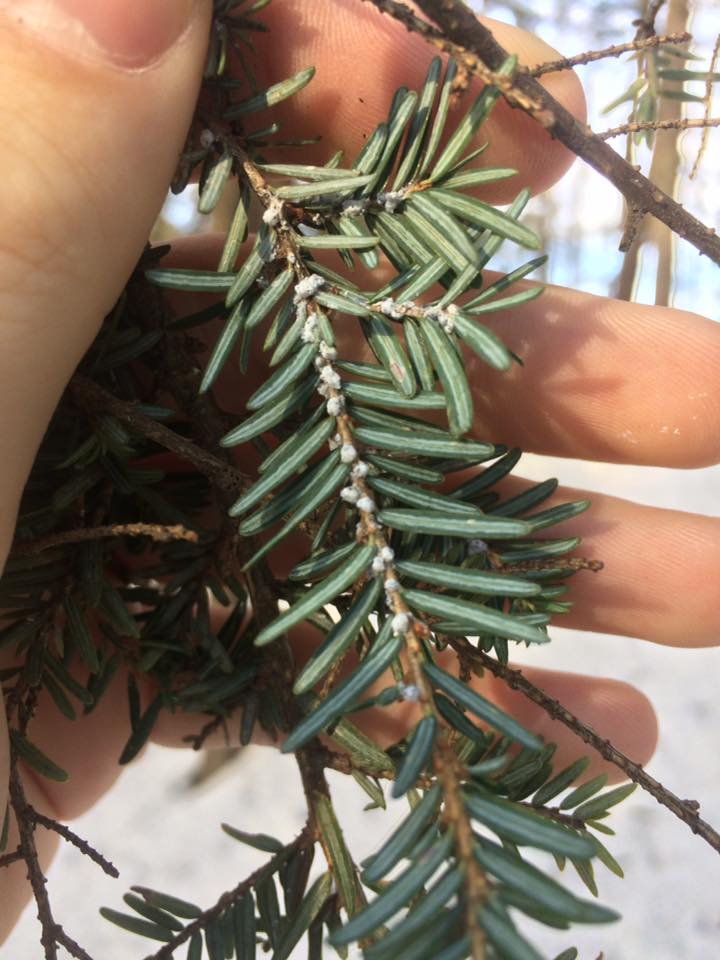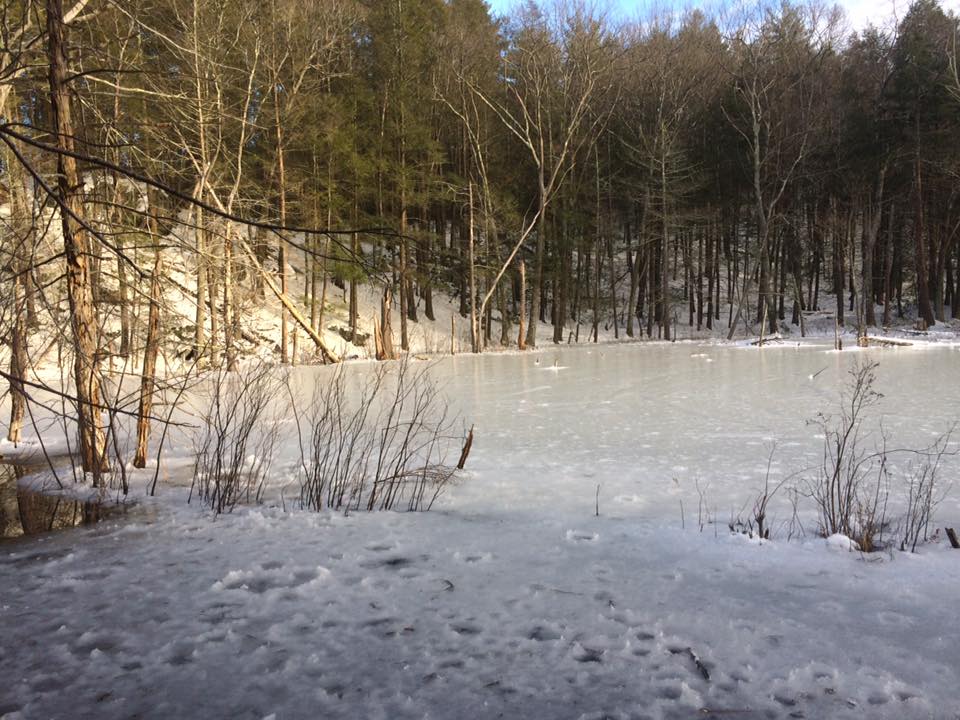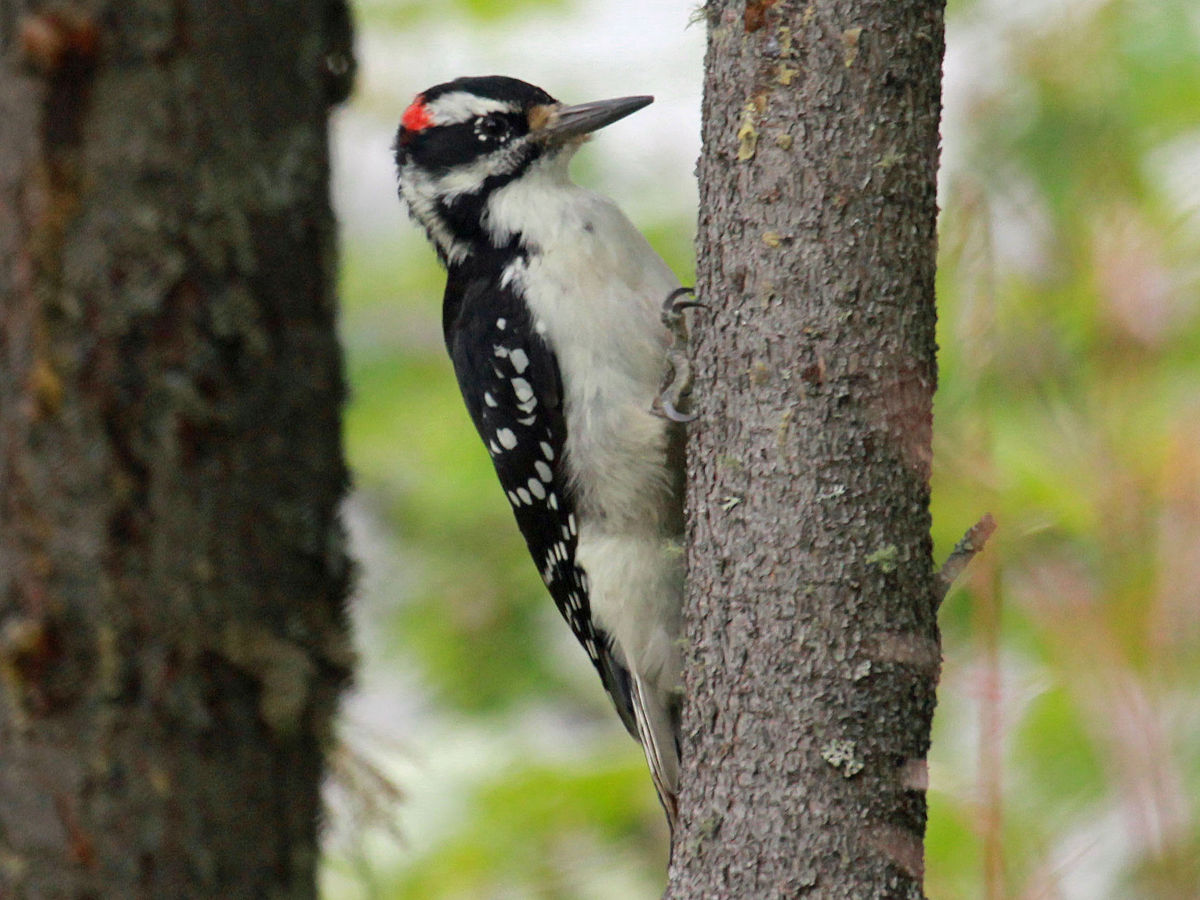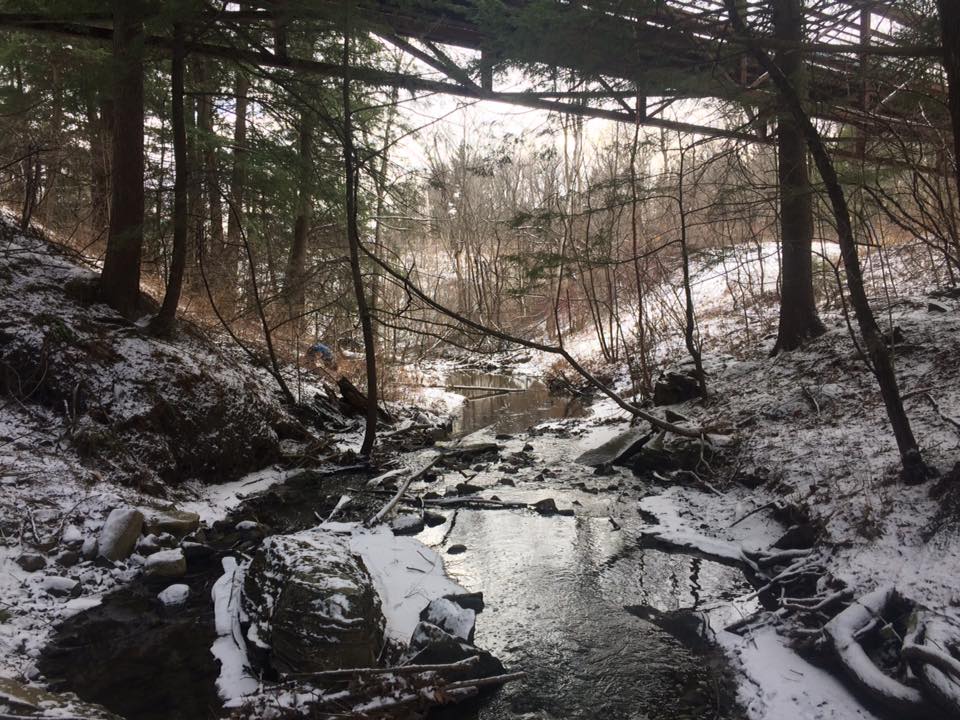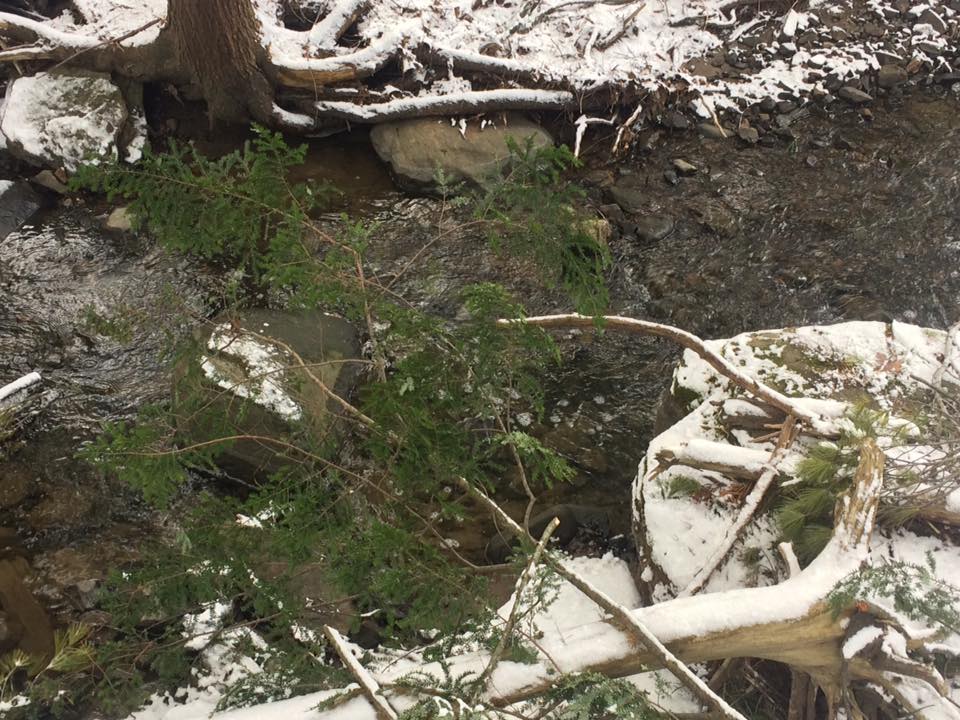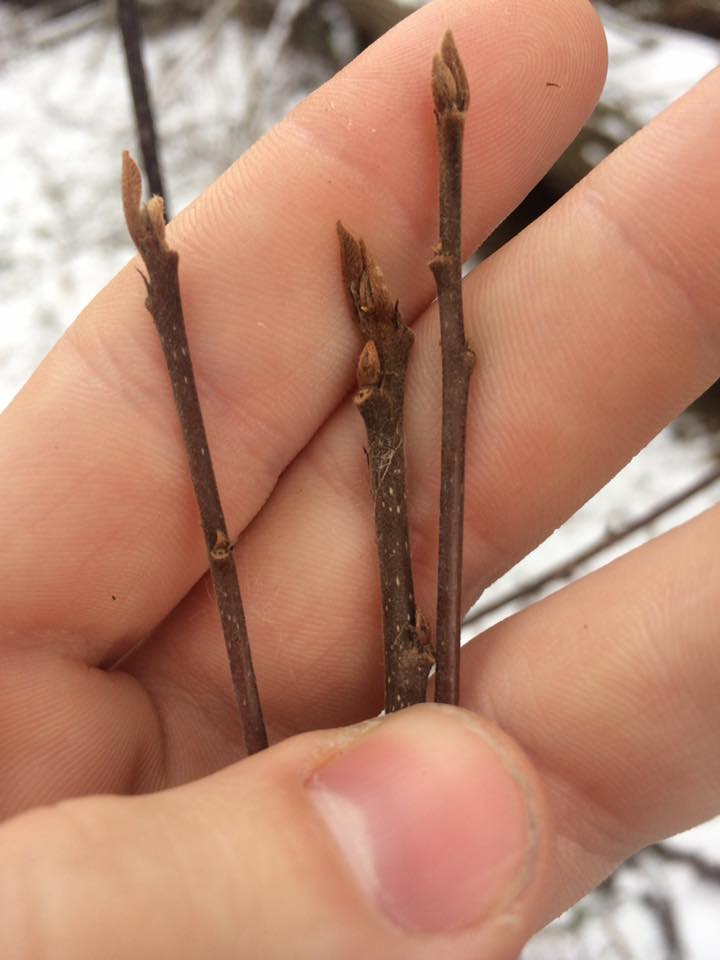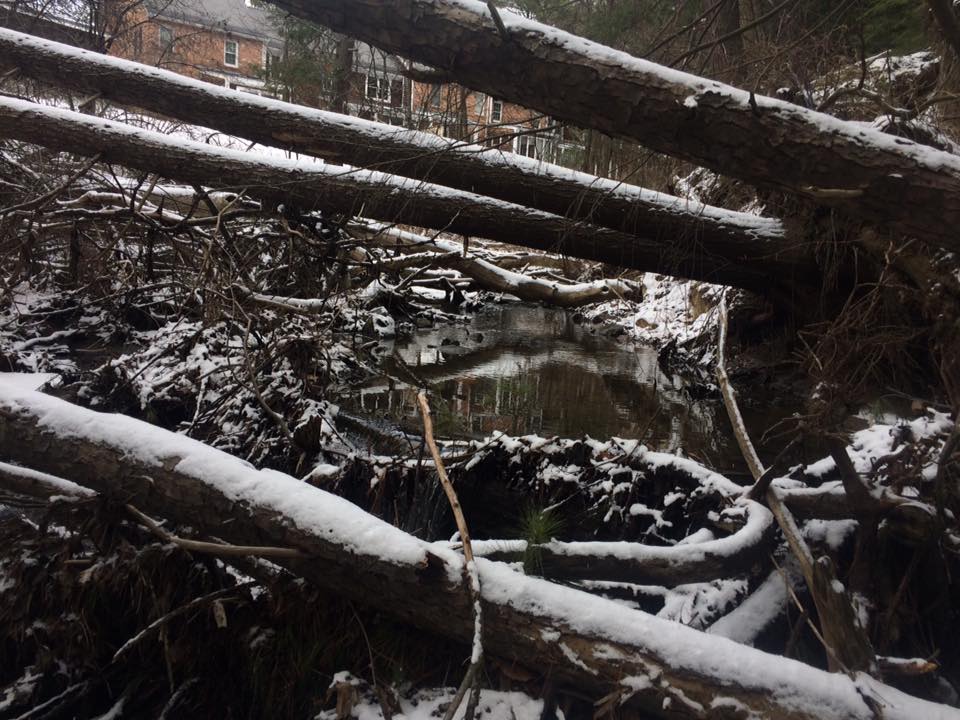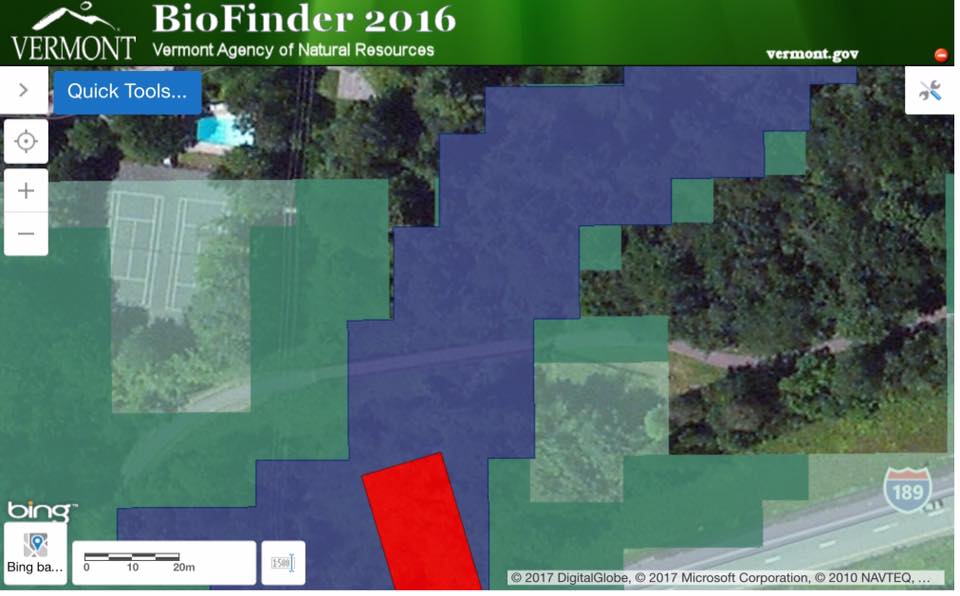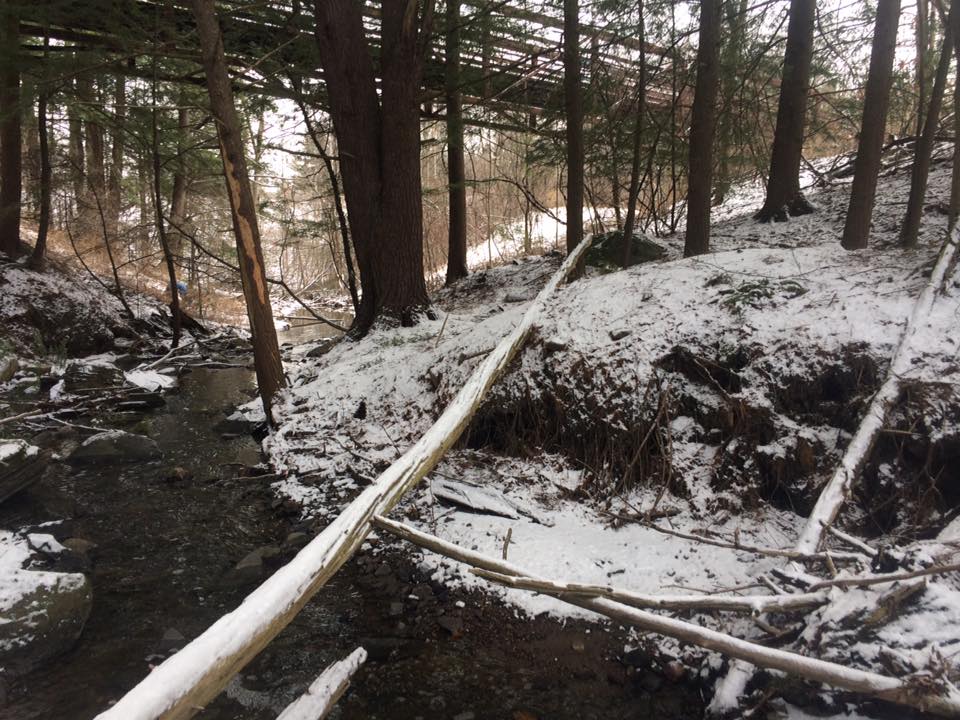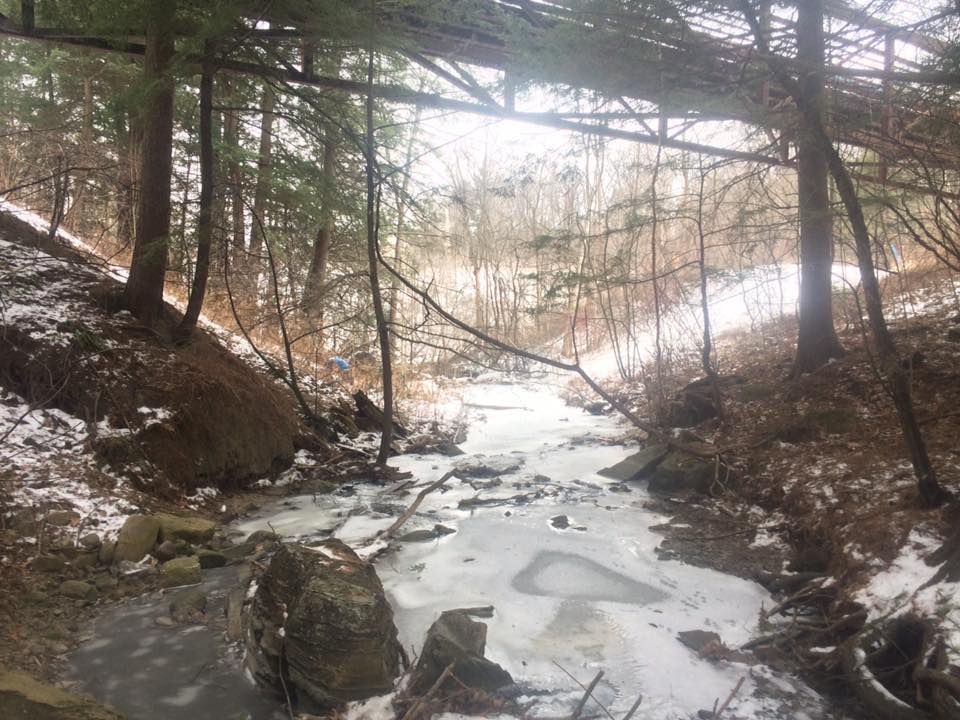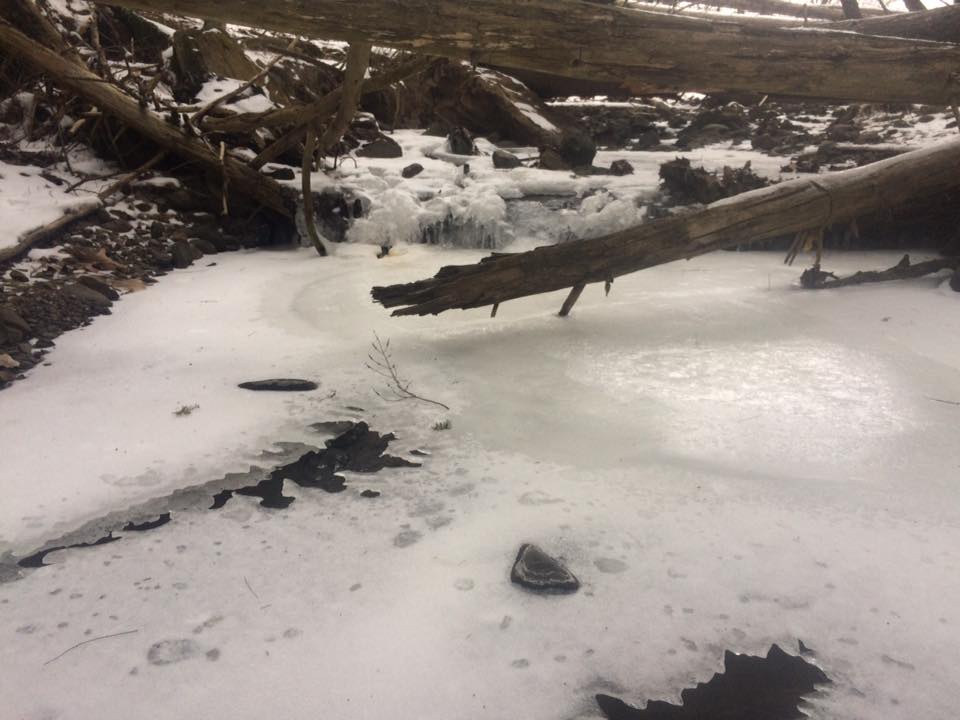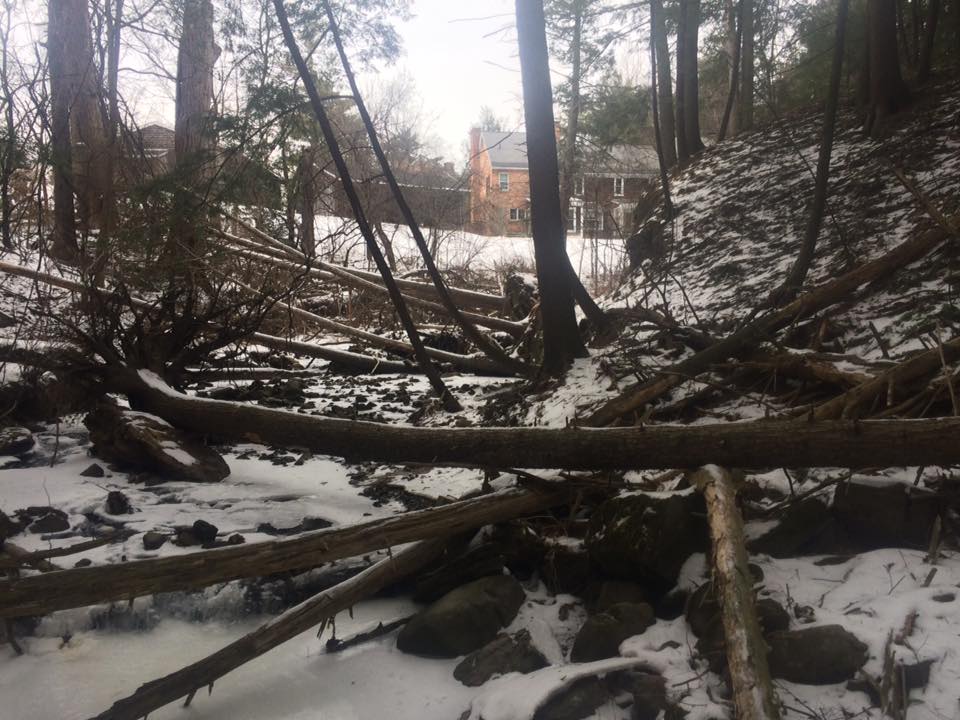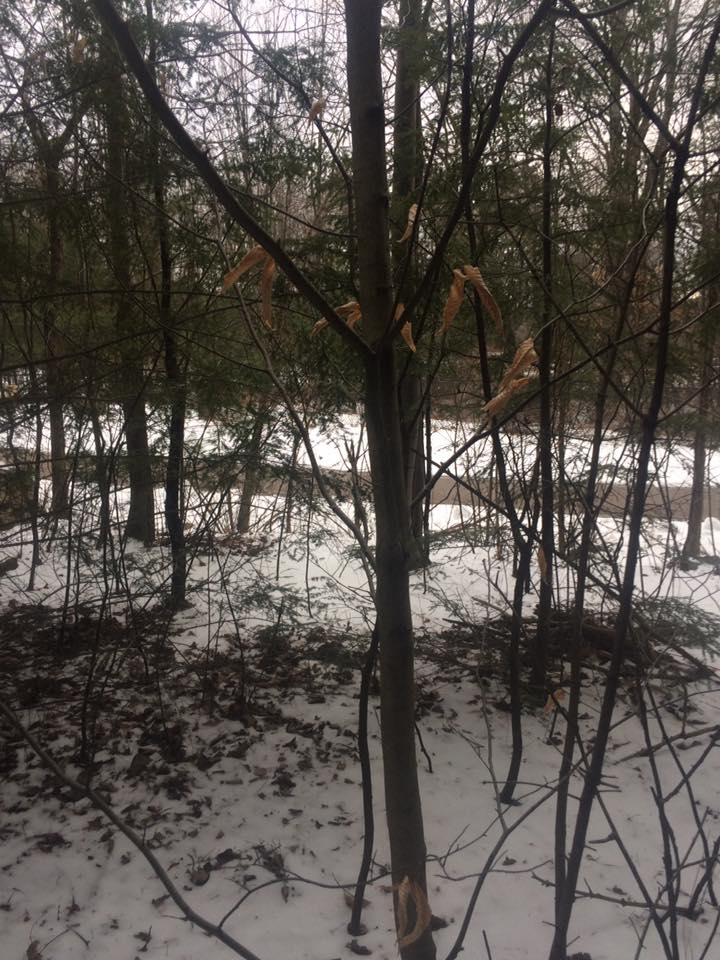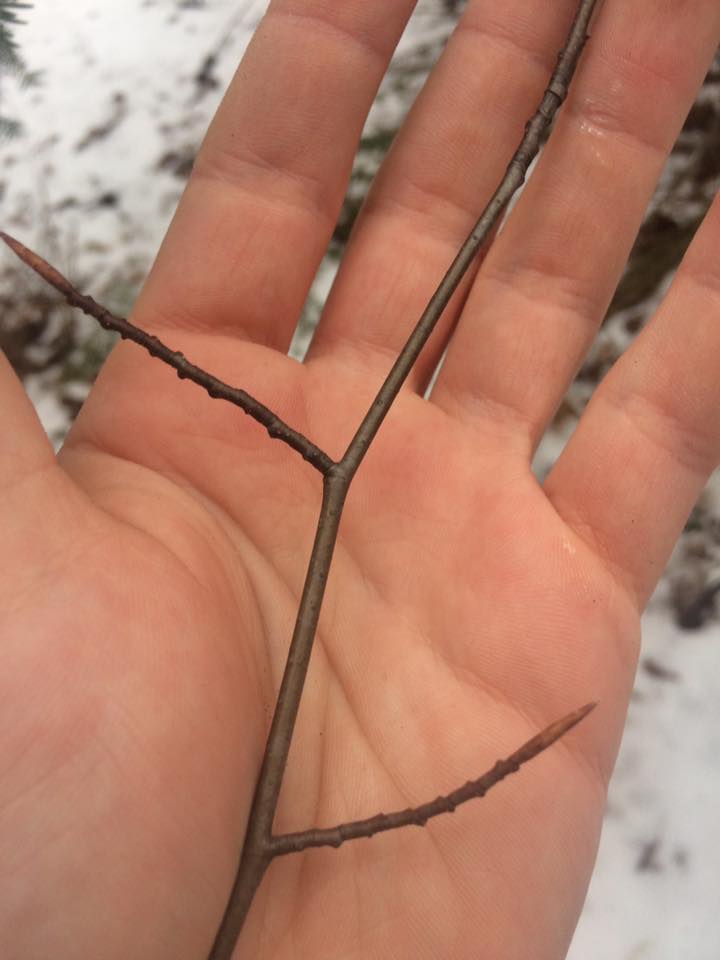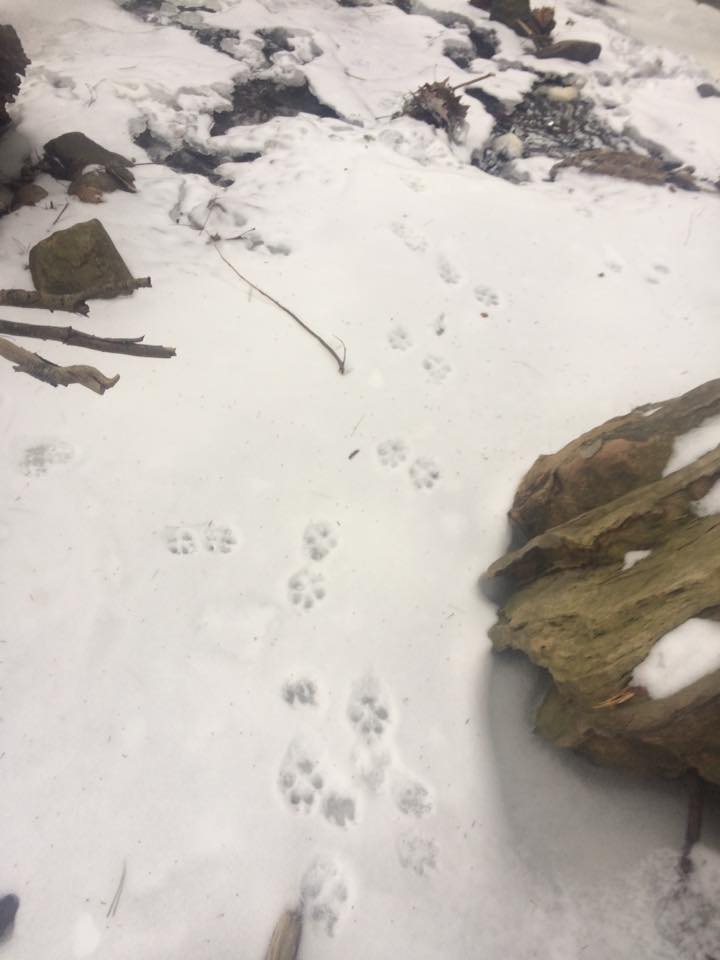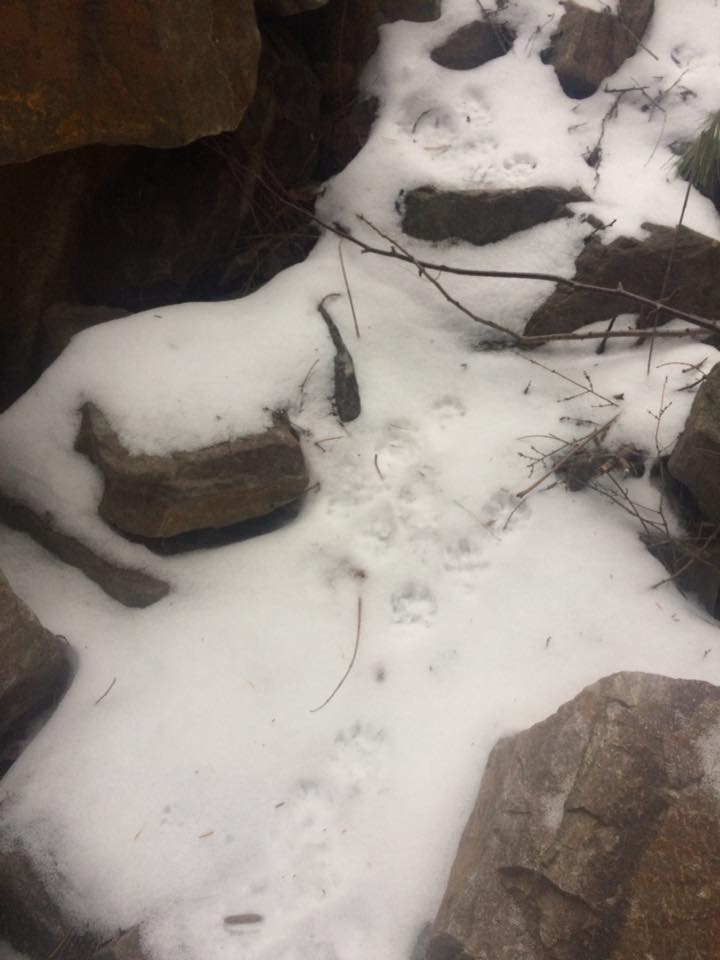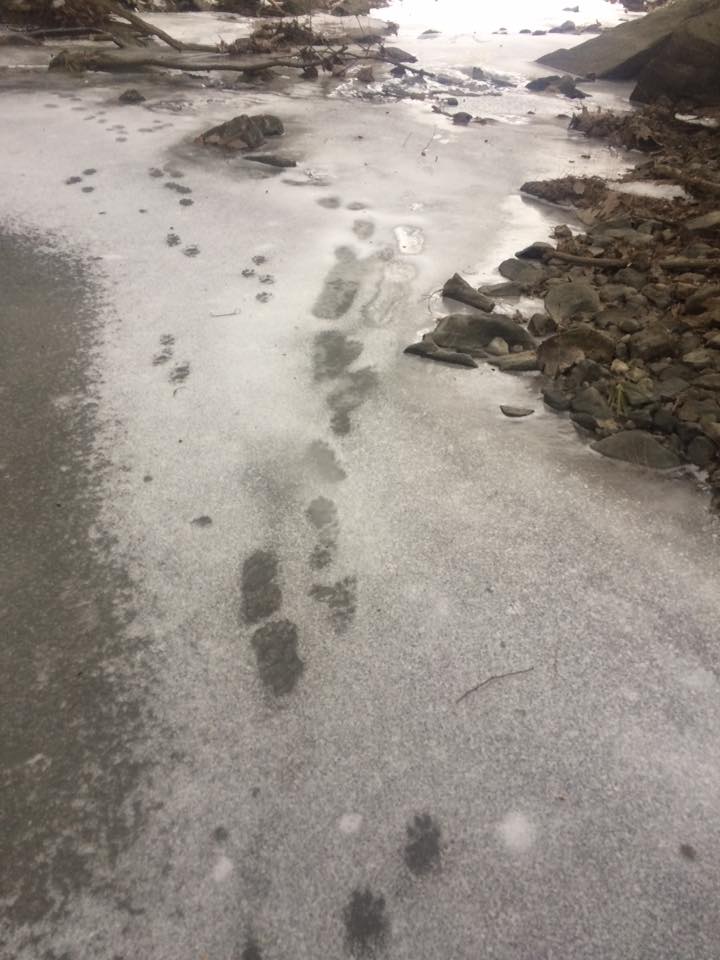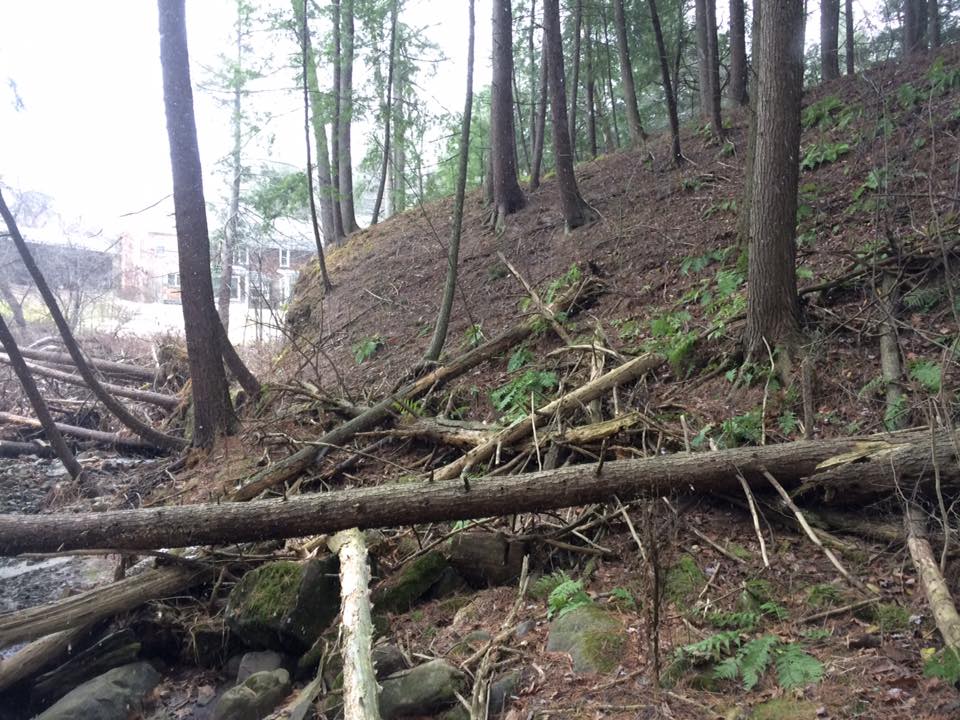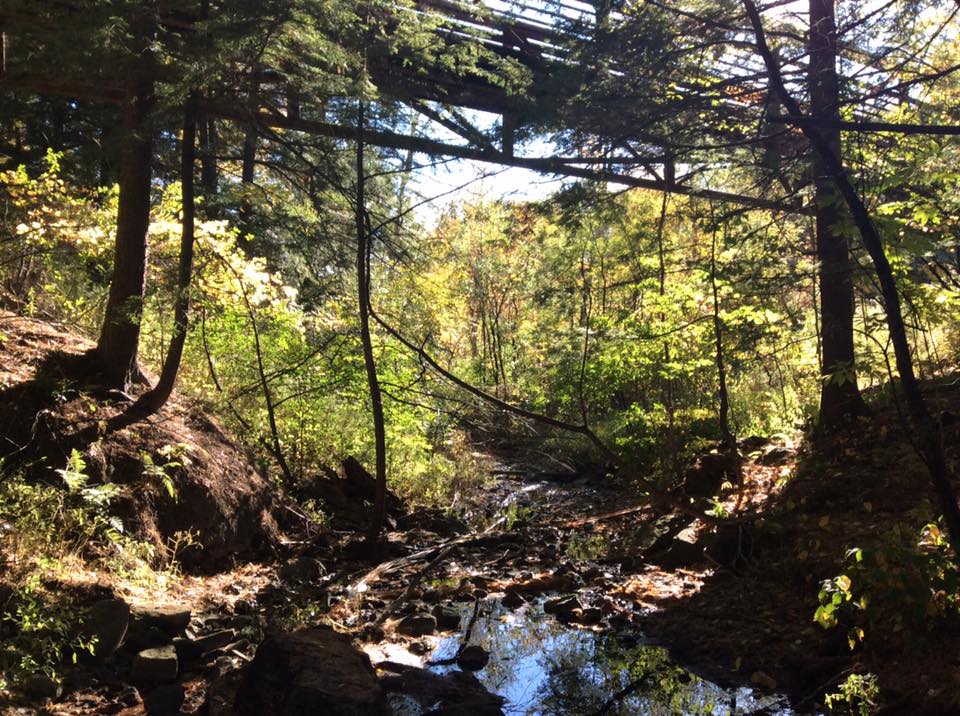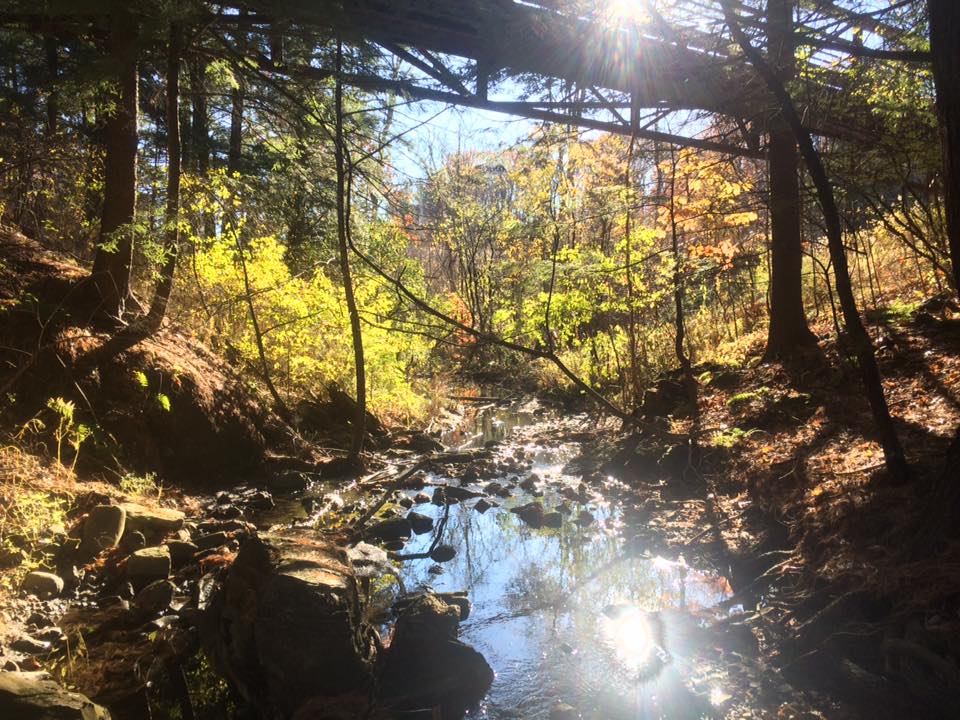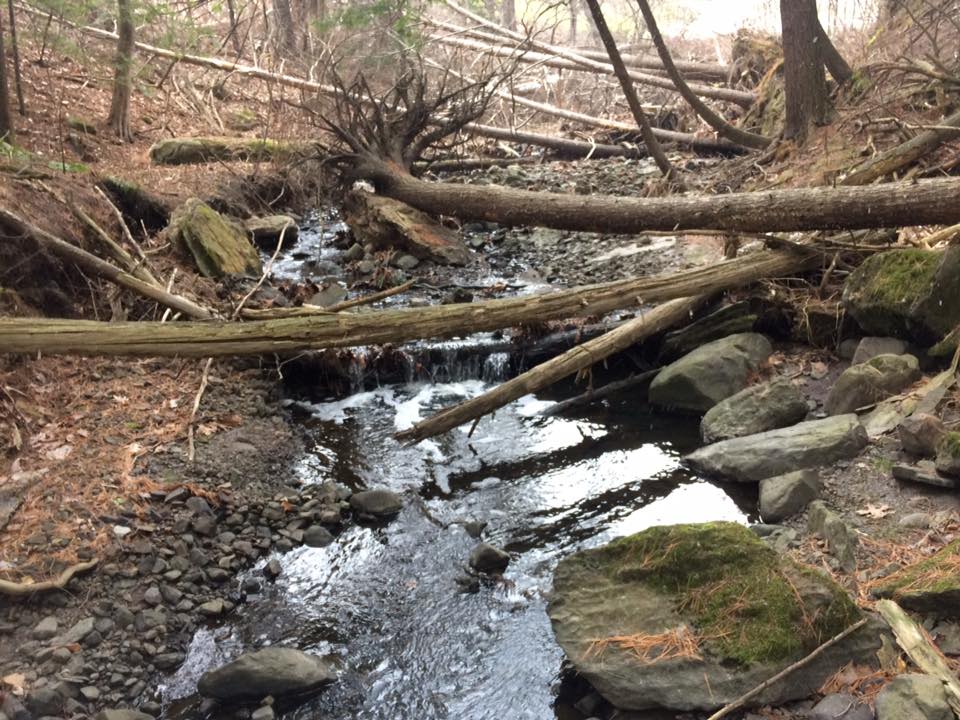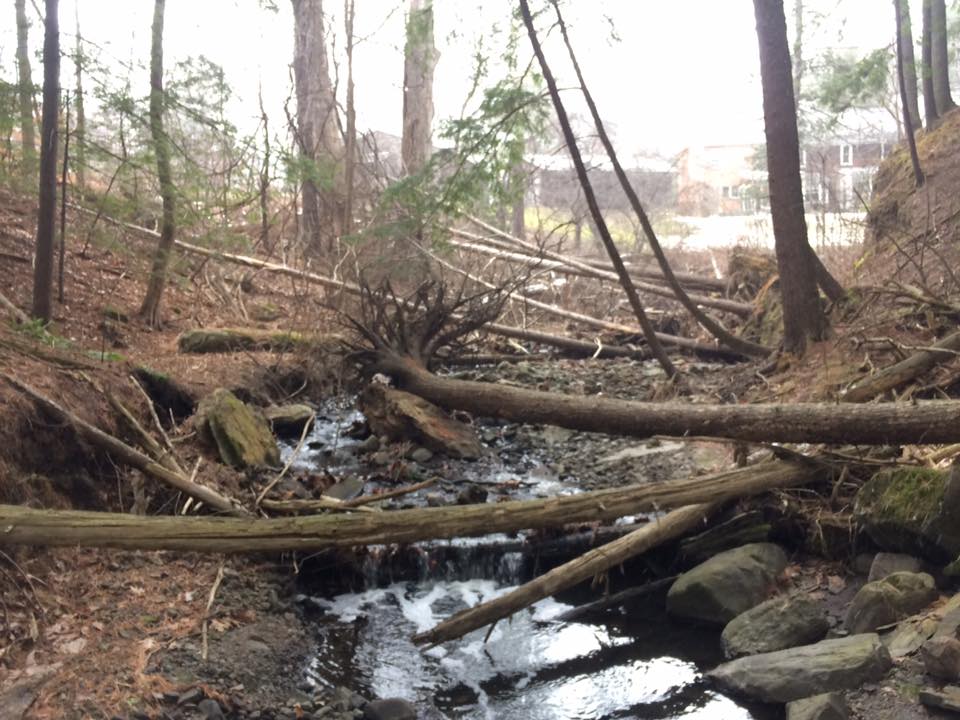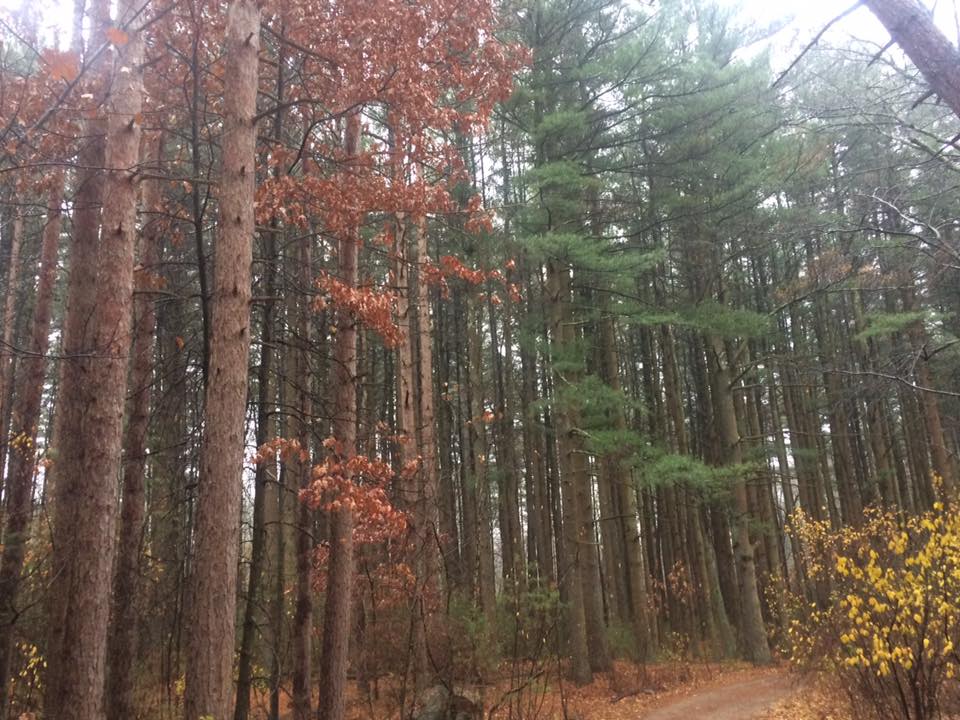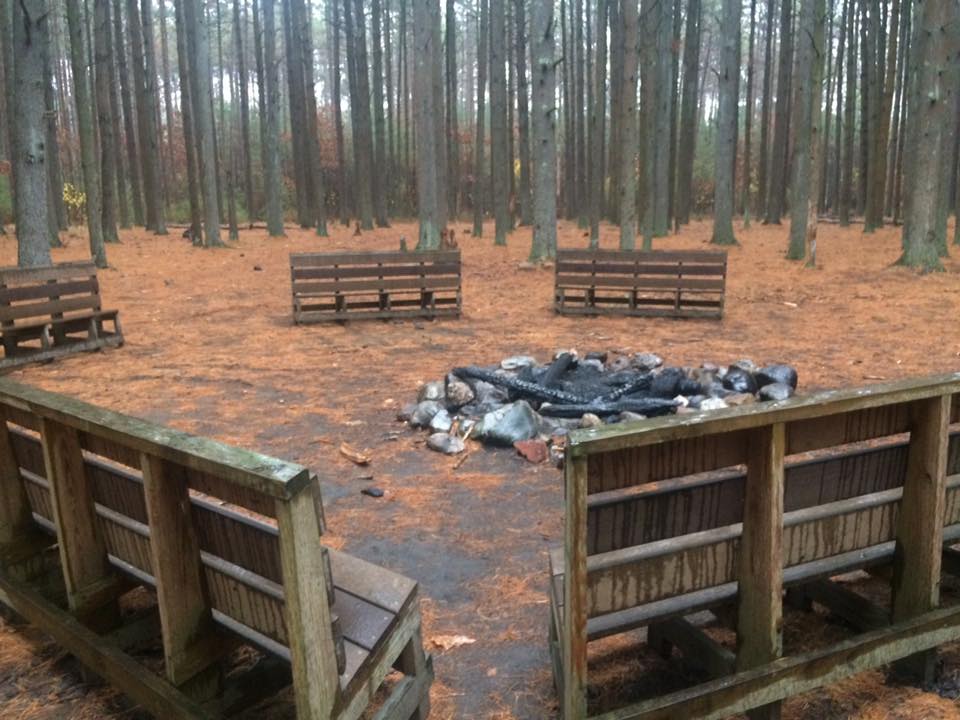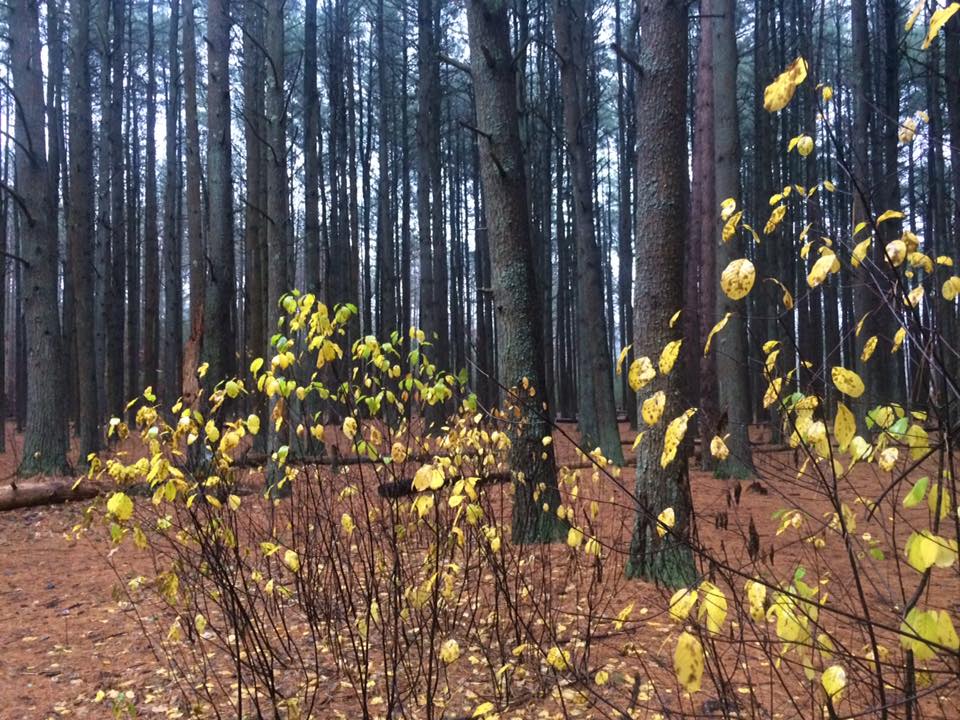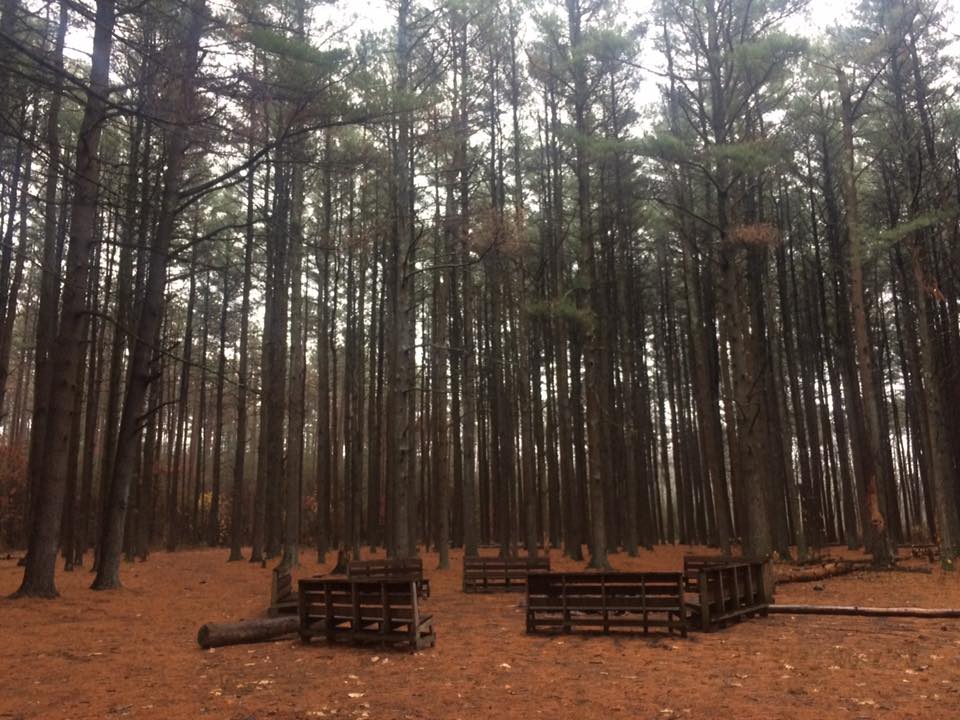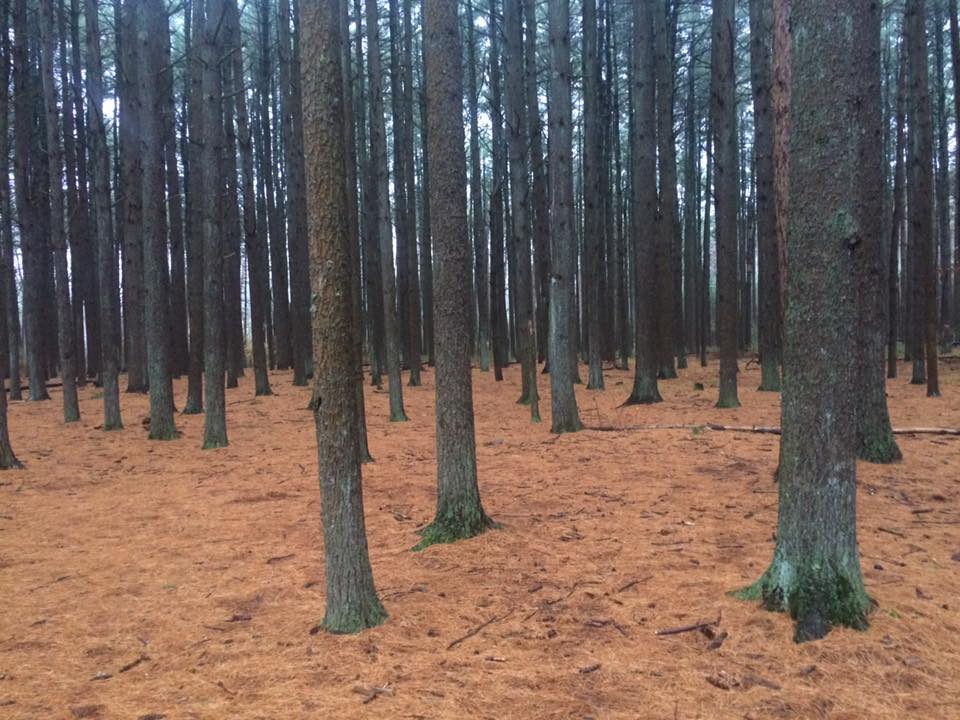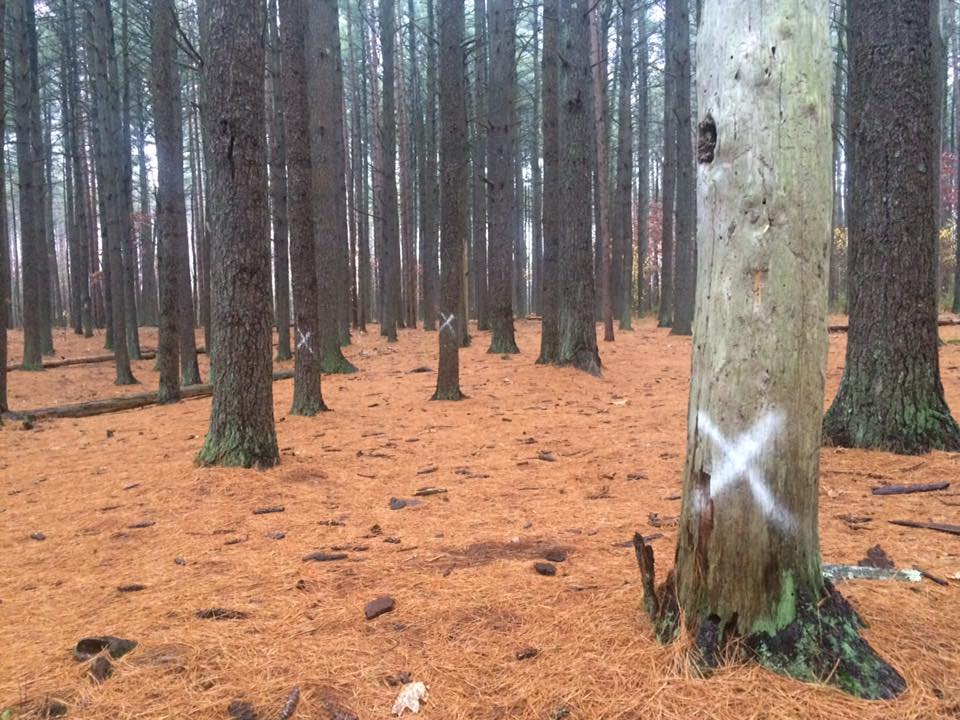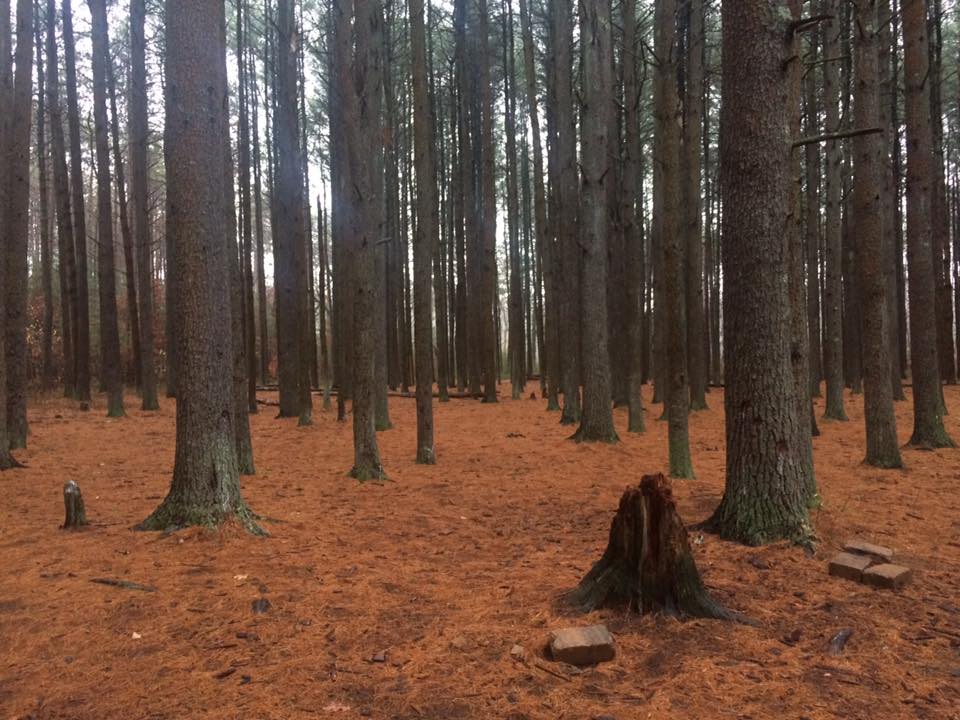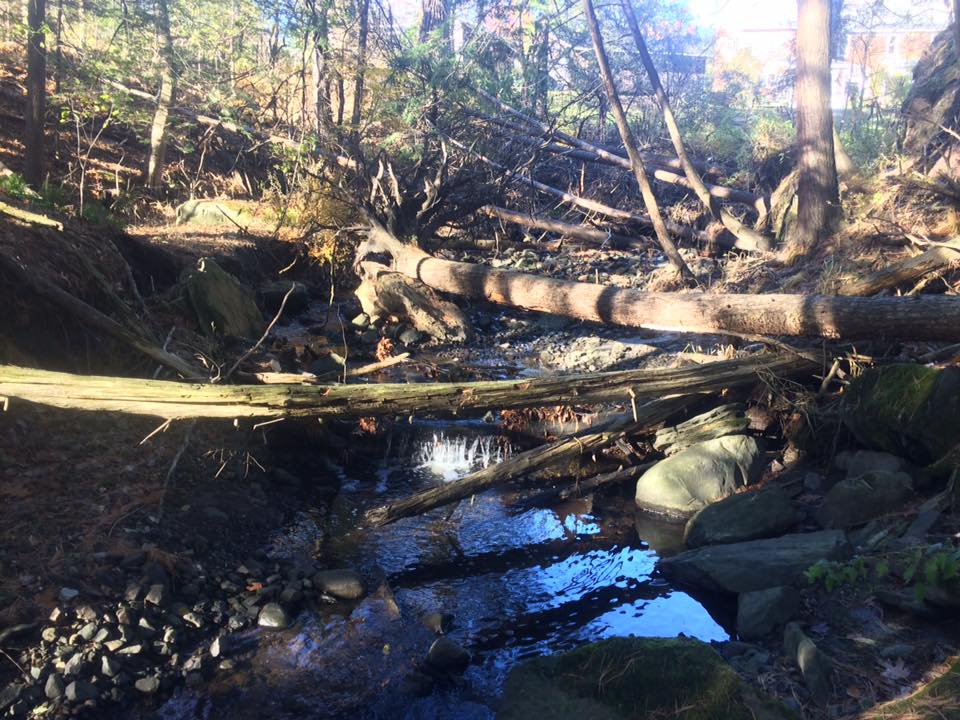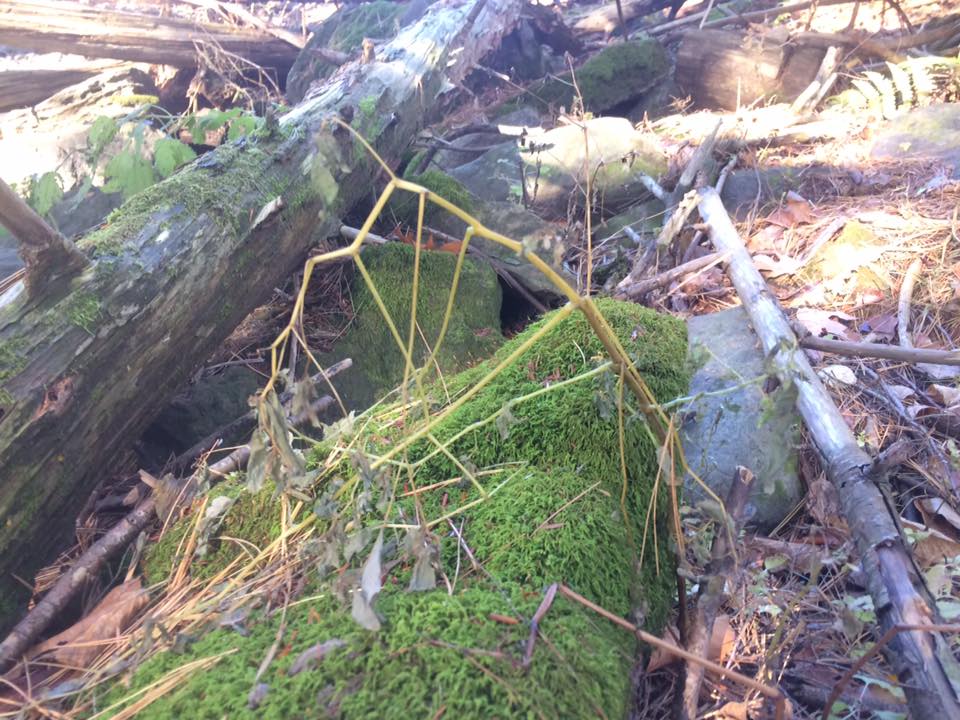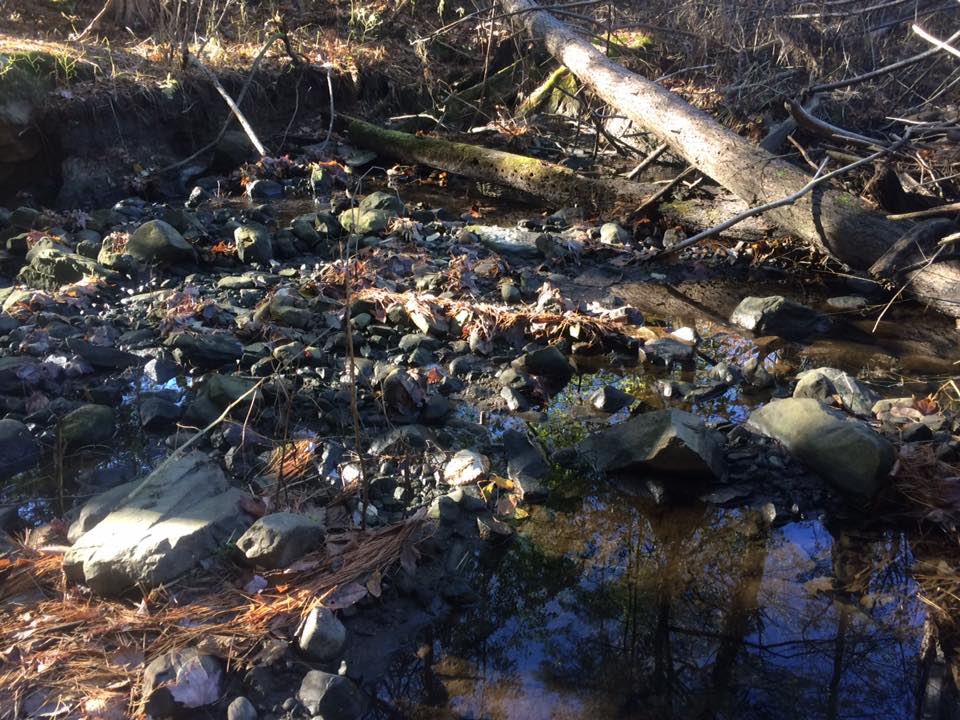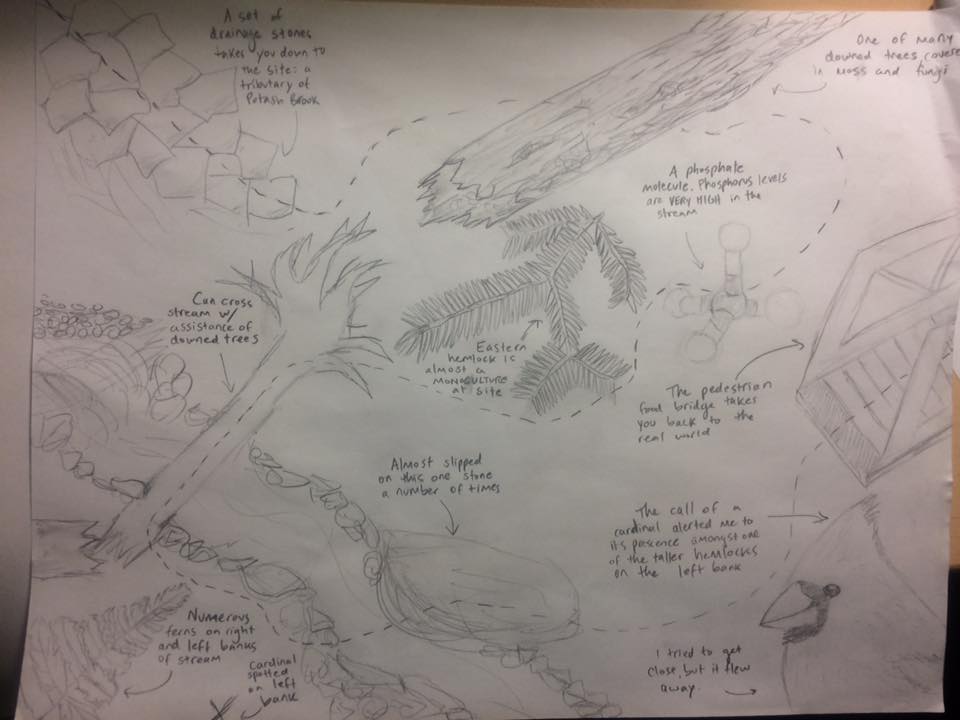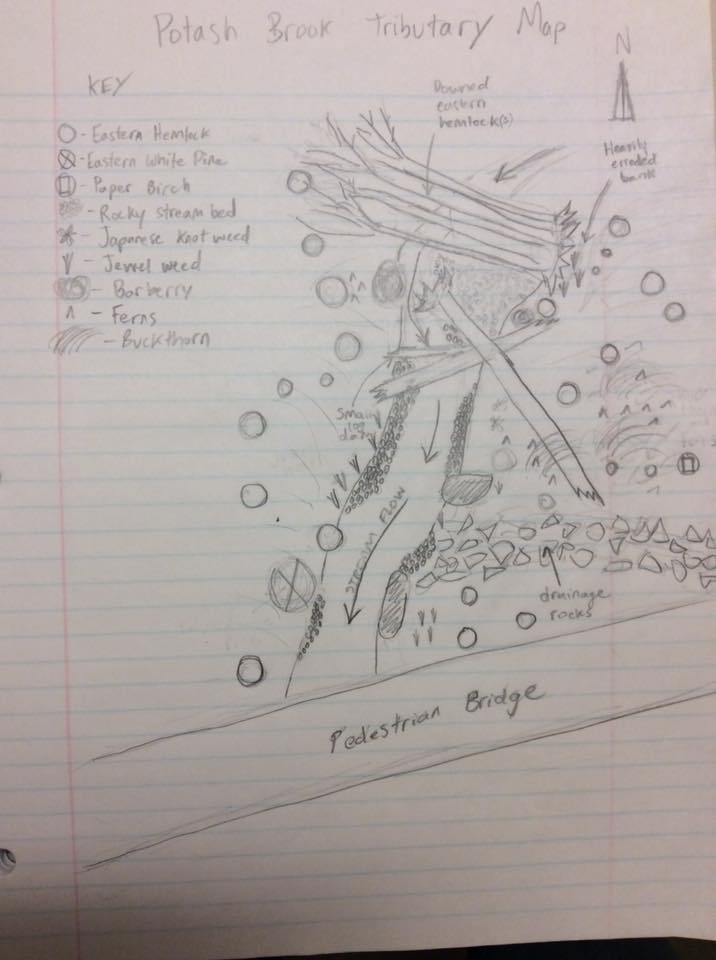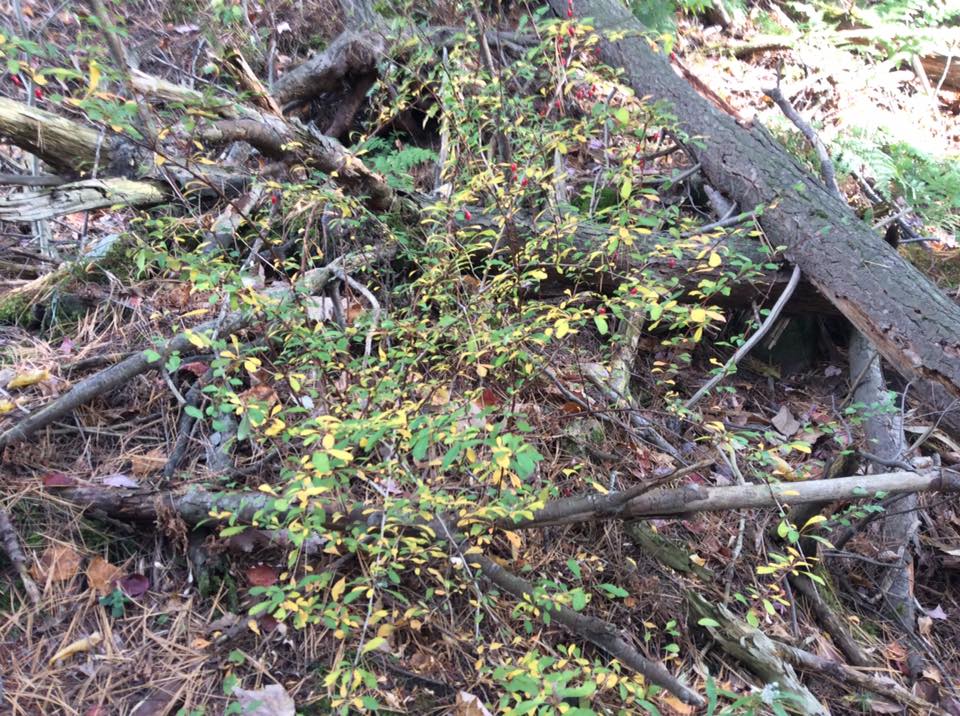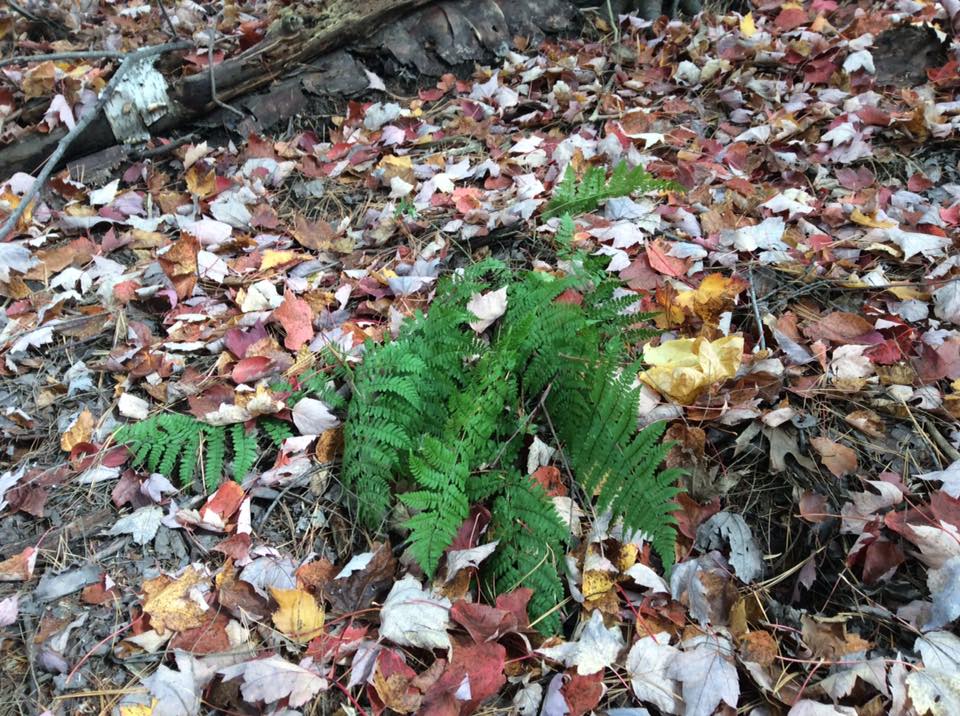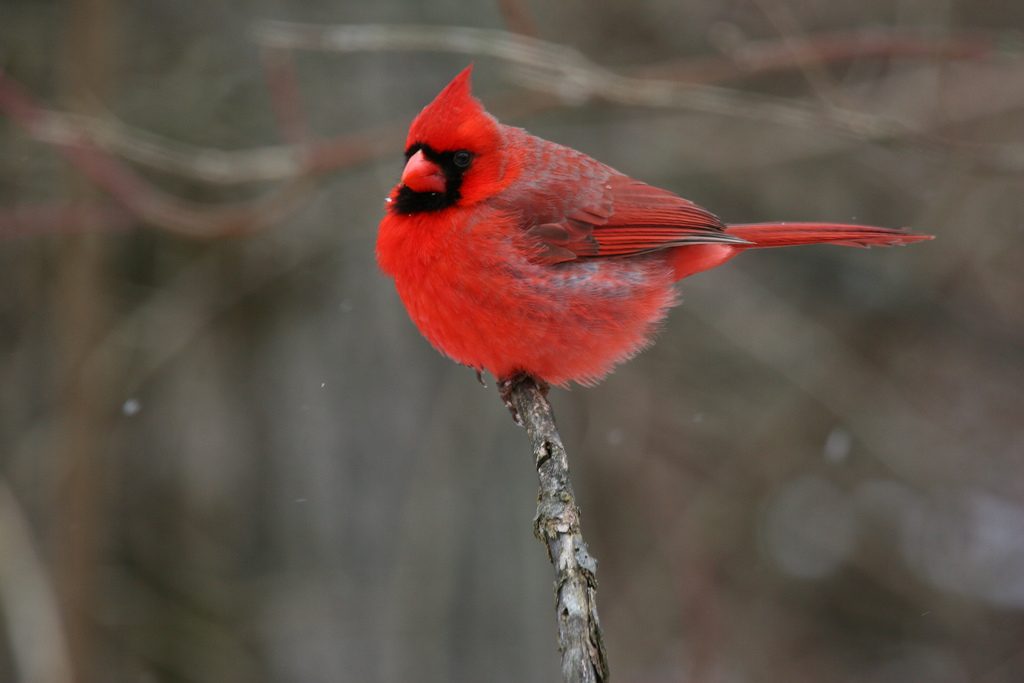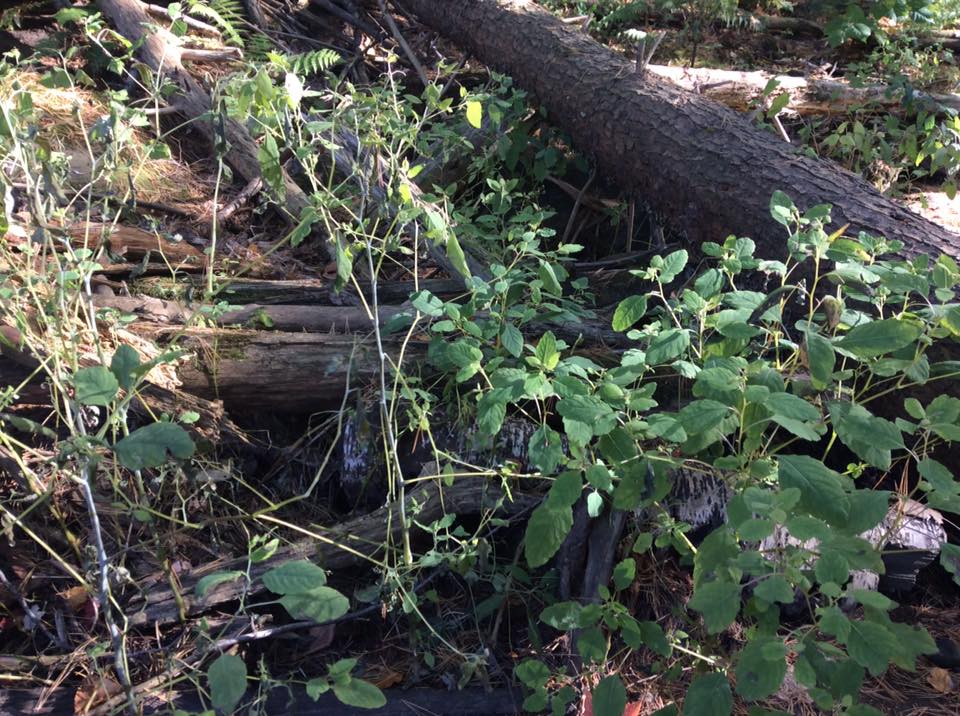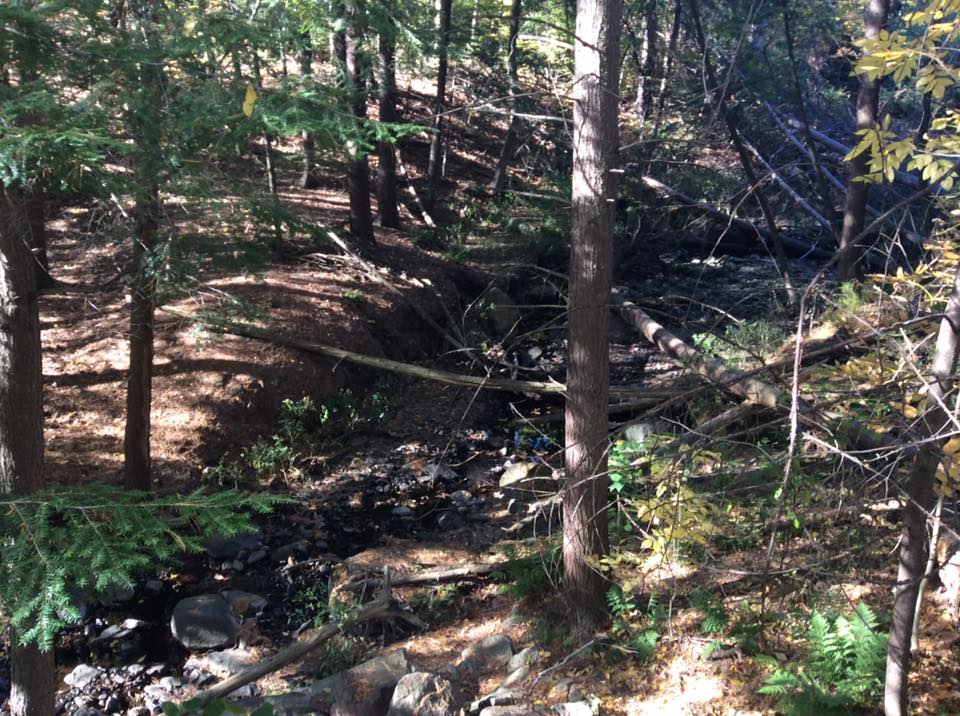It comes with great sadness that I must report: this is the final post I’ll be submitting for the phenology project. I know, I know, all my adoring fans are quite disappointed. Where else will you all learn about the tiny hemlock forest squeezed in between I-189 and a suburb in South Burlington? Alas, it must be this way.
The final May tracking shot (McHale, 2017)
Nonetheless, it was exciting to see the new signs of spring at my site. What I presume to be the jewelweed from the fall had begun to sprout up on the banks.

Jewelweed shooting up along the stream (McHale, 2017)
I was also psyched to see an entire section of ground sprouting up with an unidentifiable undergrowth plant. It also created one of my favorite photos on my site.

Some awesome green undergrowth (McHale, 2017)
The site simply appeared greener. Some wild grasses had made an appearance. The beautiful ferns in the understory were on the resurgence too.
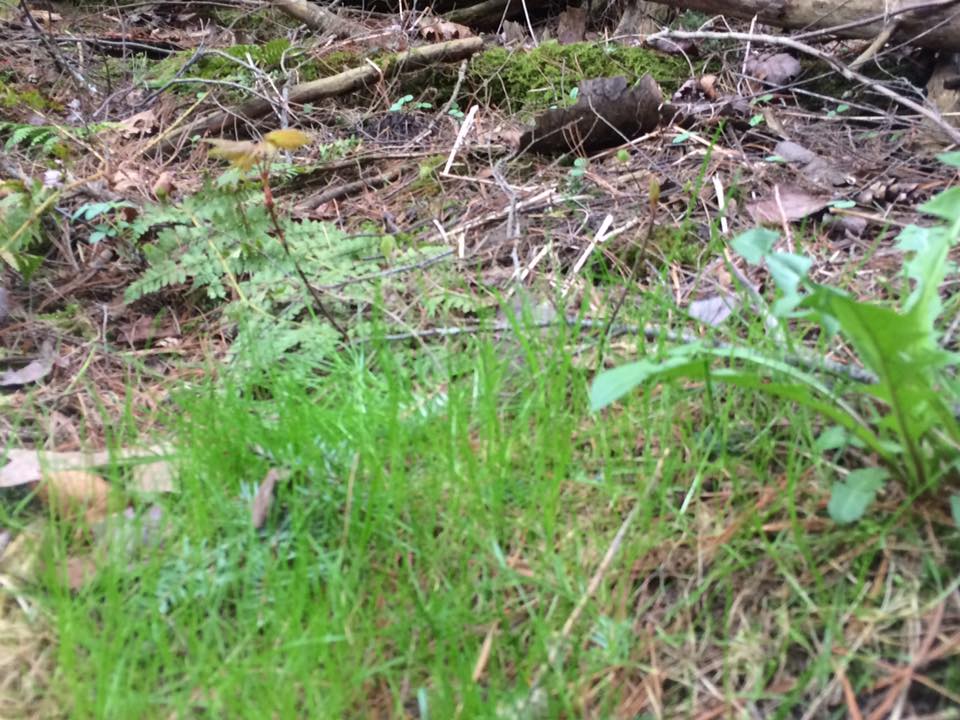
The reemergence of ferns and grasses at my site was quite…cool (McHale, 2017)
For the first time, I also had a visitor at my site. My friend Nick joined me while I observed my site. We were running a 5K using the South Burlington Recreation Path that runs over the area.
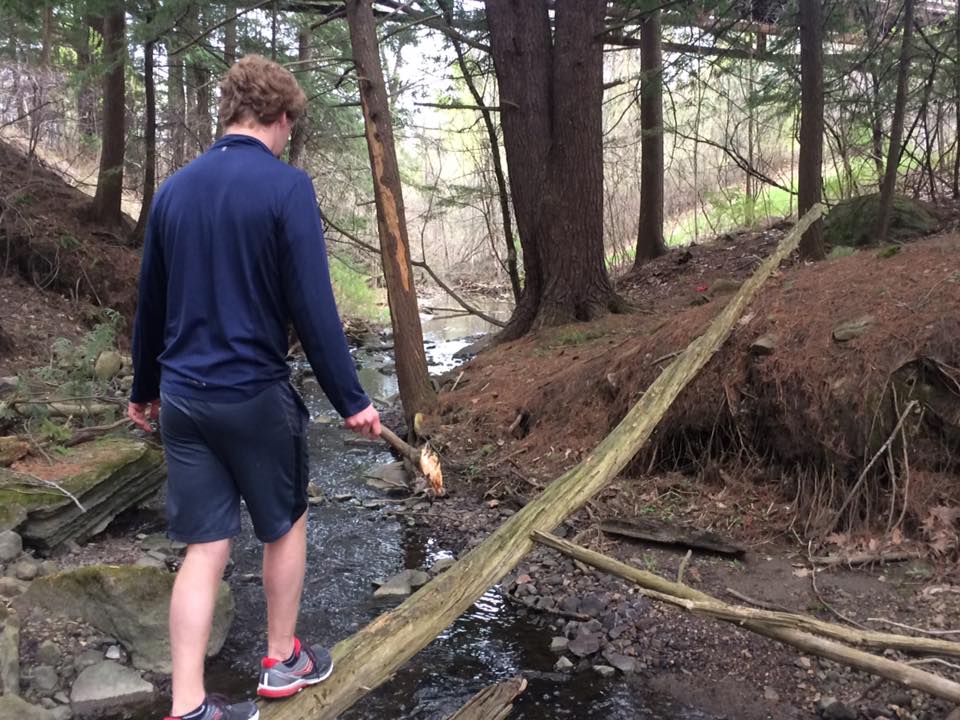
Nick decided to perform a risky stream crossing…(McHale, 2017)
In a way, my friend Nick and I running to the site demonstrates how nature and culture intertwine at my site. Nick and I decided to use the rec path because we love the nature and beauty that it brings us to, while also allowing us to stay healthy. The fact that the South Burlington Rec Path bridge is such a present and important part of my site shows and obvious connection between nature and the culture of healthy living that Vermont, or at least the Burlington area. Rather than promoting fitness in other ways, the city of South Burlington decided to create a rec path through beautiful natural areas like my hemlock forest site. While I would have preferred my site to not have been even touched, I would likely not know of its existence without the path. So, the rec path is something that to me, is equal parts annoying and awesome.
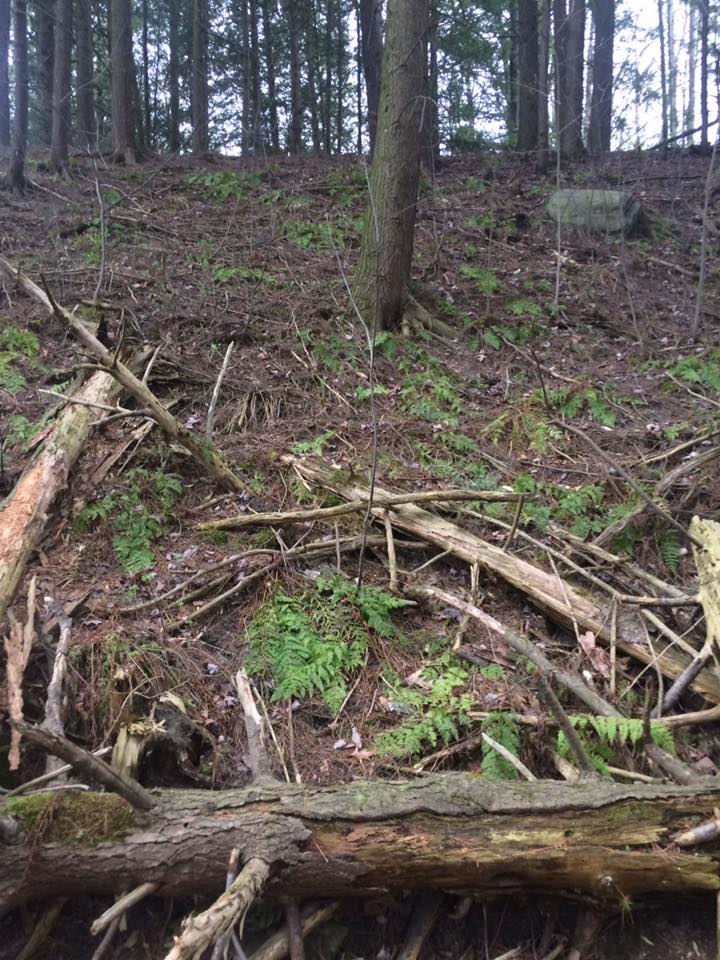
Greenery isn’t all there yet, but it is nonetheless beautiful (McHale, 2017)
For me, I’ll never truly be a part of my site. I will never truly be one with the natural environment; unless perhaps I was in Africa, where the human species originates. In Africa, I’d at least technically be within my native range. In Vermont, I am in essence, an invasive species.
I strive to be closer to nature. But, I will never be close enough to nature to consider myself one with it, or one with my site. I am a humble observer of nature’s immense power and nothing more.

